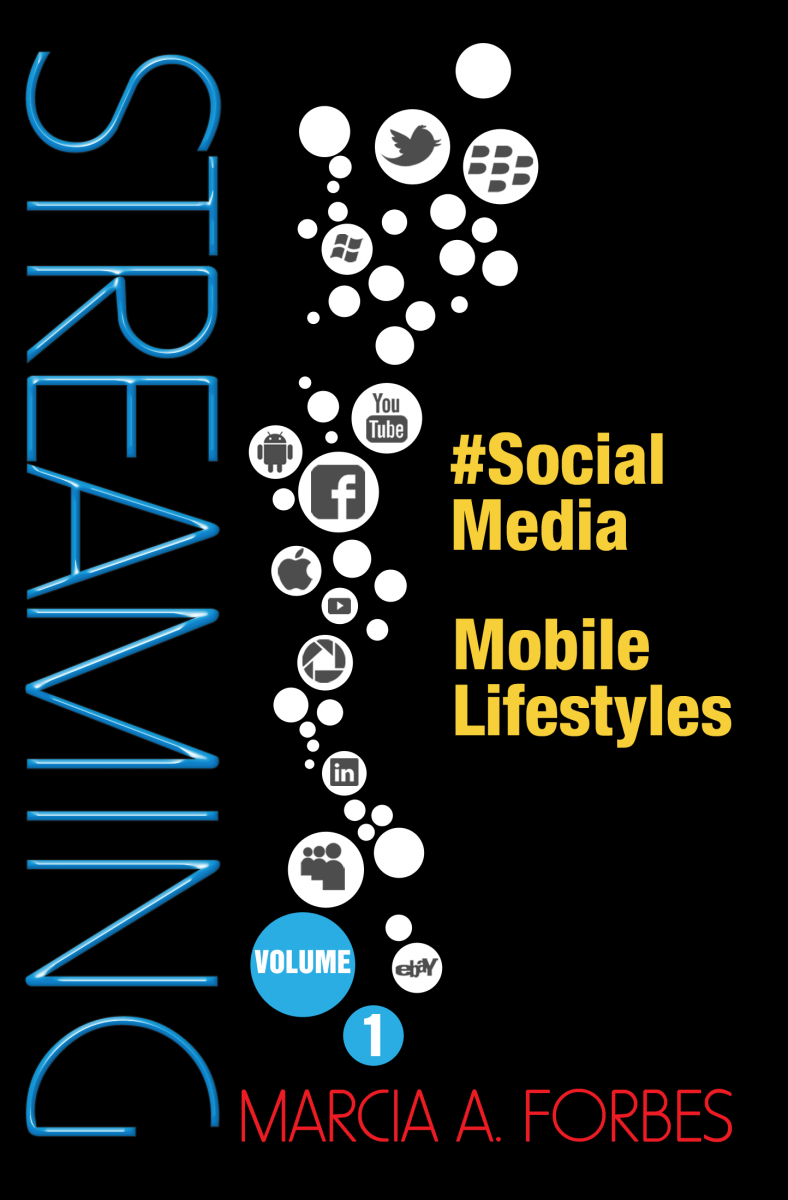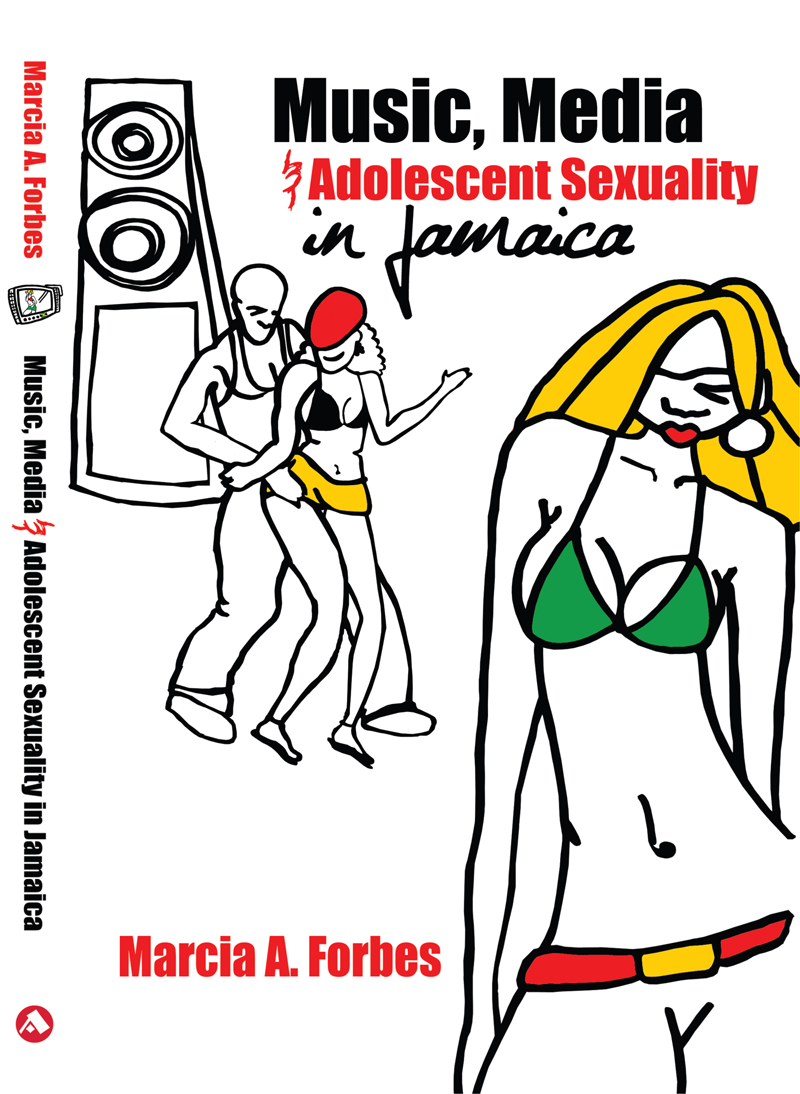Girls Say - Soap Me Up
There is a widely held view that we are what we consume—not just food but media fare as well. In fact some believe that media consumption is central to identity formation. We are what we watch on TV, listen to on radio and read in newspapers and magazines. Of course for me ‘TV’ extends beyond plain old TV to now include the computer screen as well, and I’m even beginning to stretch it to cell phone screens. Anyway, if consumption does indeed confer identity, then what are we consuming in Jamaica? And what of our identity?

|
Programme Genre
|
Ranking
|
|
Cartoons
|
20.8%
|
|
Comedies
|
13.9%
|
|
Music Videos
|
10.5%
|
|
Action Shows
|
9.6%
|
|
Soaps
|
5.8%
|
|
Sports
|
4.5%
|
|
Regular Movies
|
4.5%
|
|
Reality Shows
|
4.3%
|
|
Animated Shows
|
4.3%
|
|
News
|
2.7%
|
 prizes. Young boys still seeking to determine their identity, especially their sexual identity, are perhaps unlikely to watch or admit to watching any programme that is seen as ‘girly’.
prizes. Young boys still seeking to determine their identity, especially their sexual identity, are perhaps unlikely to watch or admit to watching any programme that is seen as ‘girly’. |
Preference
Of Soap
|
Number of respondents based on Age
|
Total
|
||||||||
|
|
10 years
|
11 years
|
12 years
|
13 years
|
14 years
|
15 years
|
16 years
|
17 years
|
18 years
|
|
|
1st Choice
|
0
|
4
|
1
|
4
|
5
|
3
|
2
|
5
|
2
|
29
|
|
2nd Choice
|
1
|
2
|
4
|
2
|
4
|
3
|
0
|
0
|
0
|
16
|
|
3rd Choice
|
1
|
1
|
2
|
0
|
3
|
0
|
1
|
1
|
0
|
9
|
|
Total
|
2
|
7
|
7
|
6
|
12
|
6
|
3
|
6
|
2
|
51
|
|
Preference
|
Number of Sex Partners
|
Total
|
|||||
|
of Soap
Opera
|
1 Person
|
2 Persons
|
3 Persons
|
4 Persons
|
More than 4
|
None
|
|
|
1st Choice
|
3
|
4
|
0
|
0
|
1
|
18
|
26
|
|
2nd Choice
|
4
|
0
|
1
|
0
|
0
|
11
|
16
|
|
3rd Choice
|
1
|
0
|
1
|
0
|
1
|
6
|
9
|
|
Total
|
8
|
4
|
2
|
0
|
2
|
|
16 had sex
|
Does this suggest that young girls who really enjoy watching soap operas more than any other type of TV programme are most at risk for being dissatisfied their identity, at least that aspect related to physical appearance? While this is an intriguing question, its answer is beyond the scope of the research findings of this particular project. But it is questions such as these which we need to begin to explore as we ponder issues of identity and their relationship with our media consumption.


